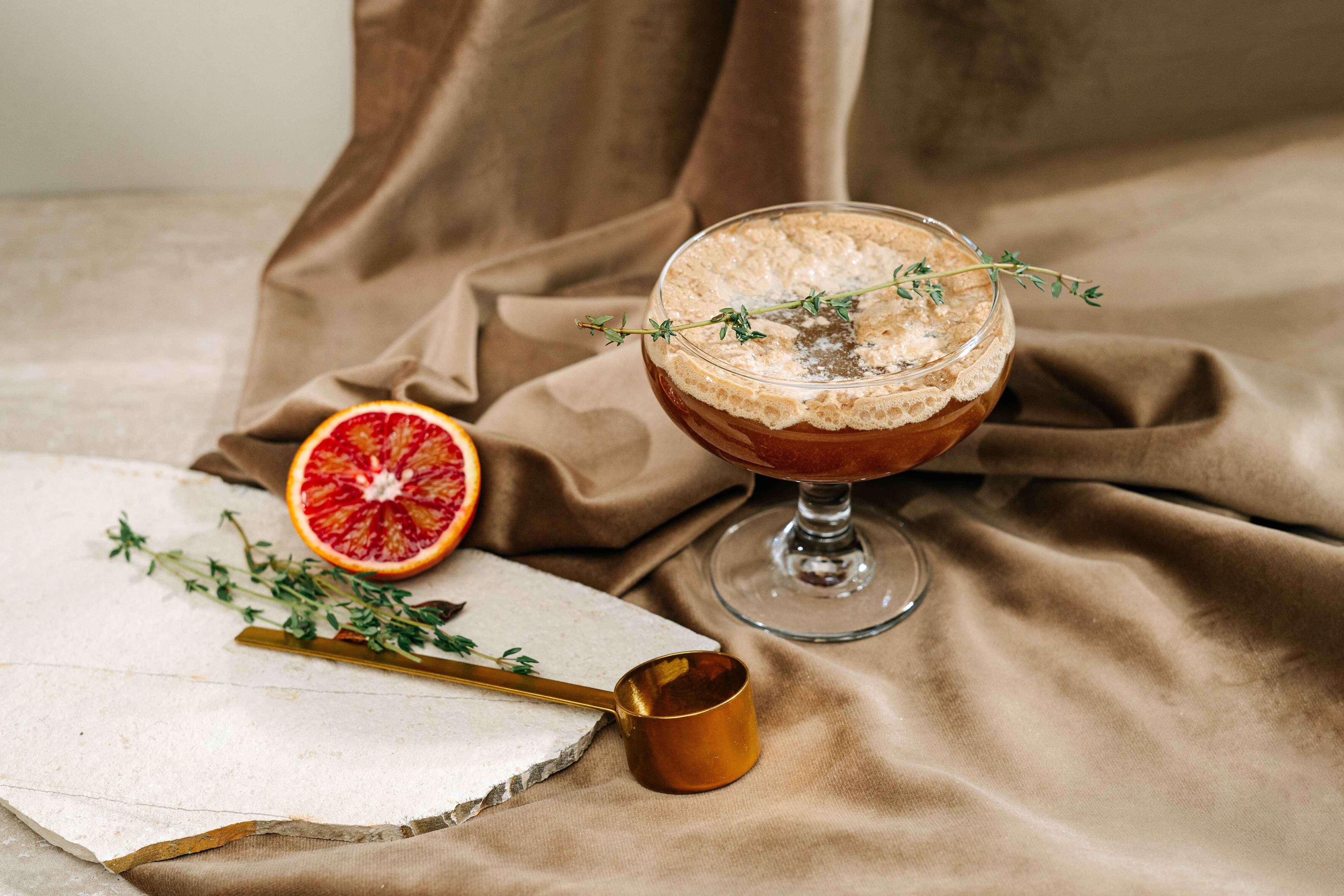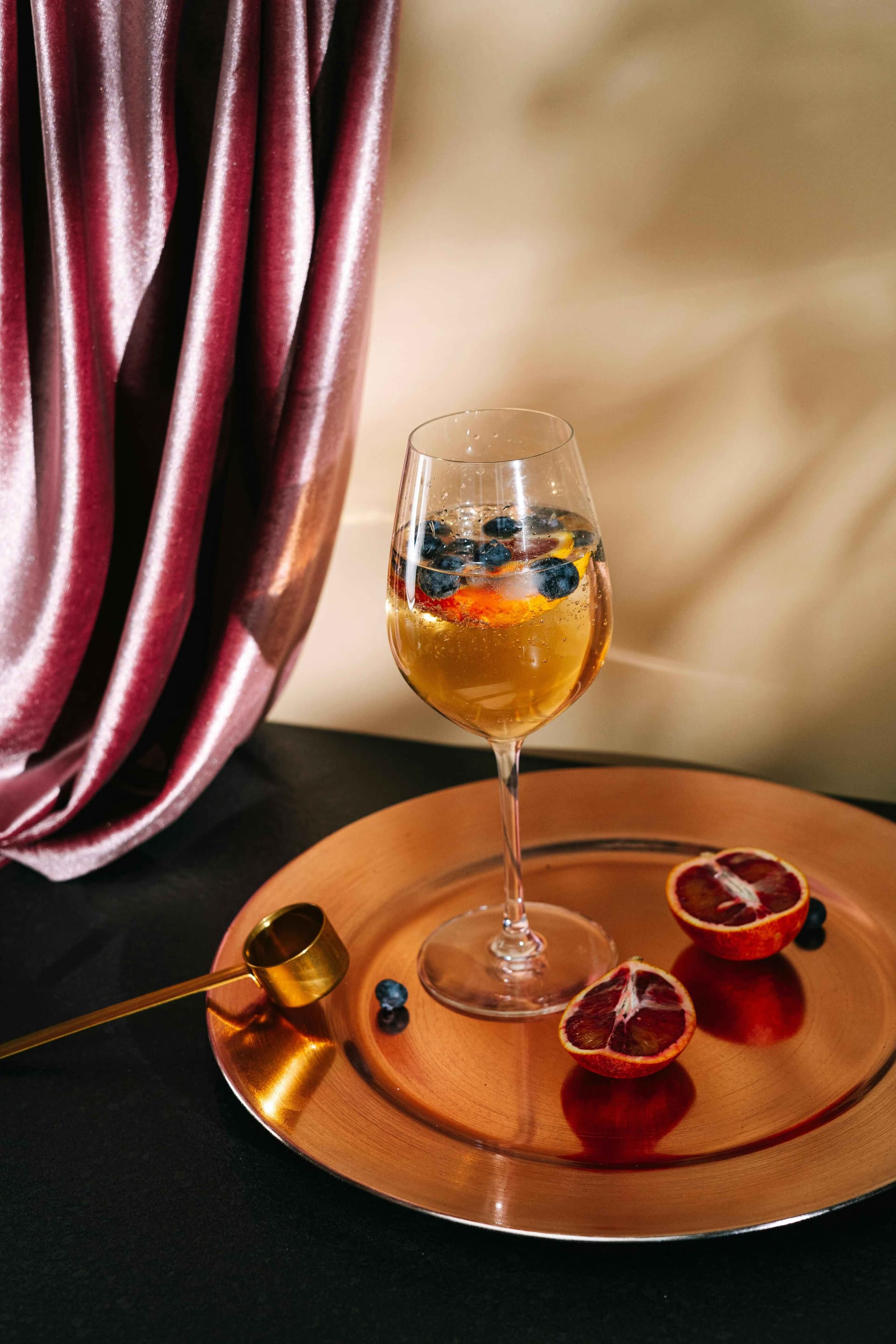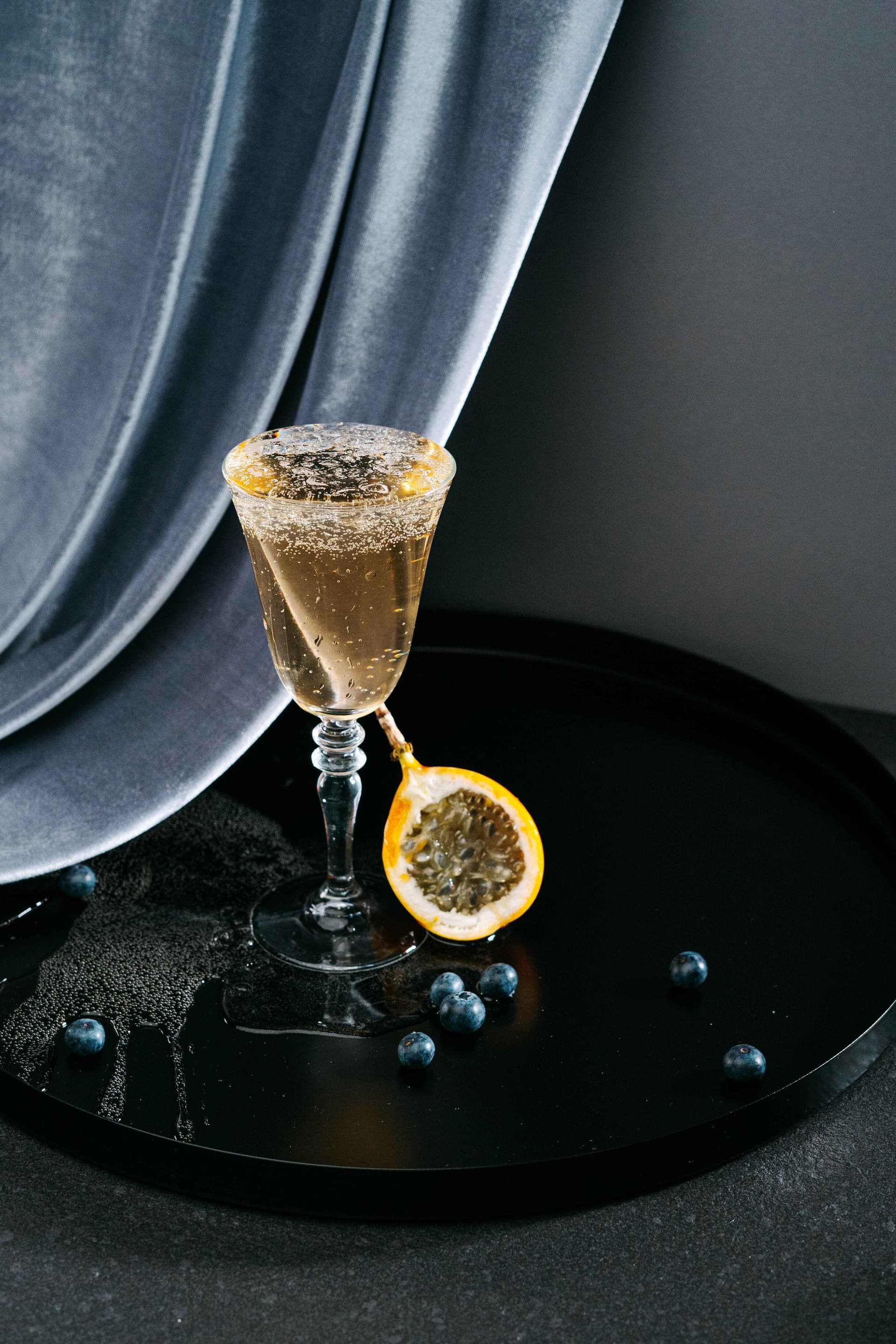Molecular Mixology 101: Use of Gelification In Cocktails

Colourful and jiggly, vodka jelly sure has been a hit at parties. What if we told you we could mix them with your favorite alcohol? Molecular Mixology, inspired by Molecular Gastronomy, has come a long way with bars serving effervescent cocktails with eye-grabbing presentations. You can imagine why: the flavours after popping a jello shot or gellified cocktail is an experience in itself.
Gelification is a process where garnish a cocktail or simply serve a jello shot with alcohol infusion to elevate its look and taste. For most parts, gelification in mixology is a process that can be done at home. At best, you need an immersion blender as equipment and gelling agents as part of your ingredients checklist.
Here's how you can make a gellified cocktail at home
What is a Gel?
A gel is a jelly-like substance. It can be elastic or stiff, and soft or brittle. Gels are liquids which behave as solids due to the three-dimensional cross-linked network within the liquid. The characteristics of the network determines the gel's properties in terms of texture and appearance.
Method
Dissolve the gelling agent in the cocktail mixture. Some gelling agents need a bit of heat to dissolve fully. Once that is done, pour the mixture into a mould and chill it so the jelly can set. Below are some detailed information to help you make cocktail jellies at home.

Science Behind Gelification
Imagine the molecules of gelling agents as long coils which have knotted amongst themselves. When they are mixed into the cocktail, the coils in the gelling agents untangle and stretch across the alcoholic concoction. When the mixture of cocktail and gelling agent is chilled, the molecules again tangle around each other forming a network. This gel network traps water molecules and turns the liquid cocktail into jelly.
Gelification Agents
It is important to know different kinds of gelling agents to choose the right one for your cocktail. This is because some gelling agents are more tolerant of the acidity in your cocktail, while others work better with greater alcohol content. Gelling agents also affect the appearance and texture of jellies. The amount of gelling agent you use decides the softness or hardness and elasticity of the jelly.
Below is the list of gelling agents differentiated from each other based on their capacity to form jelly in varying temperatures, acidity and alcohol content.
Agar agar
Gelification Temperature: 32 °C
Acidity Limit: pH 2.5
Alcohol Tolerance: 40% ABV
Use: For fluid gels, brittle jellies
Gelatin
Gelification Temperature: 15 °C
Acidity Limit: pH 4
Alcohol Tolerance: 40% ABV
Use: For soft, elastic jellies
Acyl Gellan
Gelification Temperature: 75 °C
Acidity Limit: pH 3
Alcohol Tolerance: 50% ABV
Use: For spirit gels
Sodium Alginate
Gelification Temperature: Any
Acidity Limit: pH 3.6
Alcohol Tolerance: 30% ABV
Use: For spherification gels
Methyl Cellulose
Gelification Temperature: 65 °C
Acidity Limit: pH 2
Alcohol Tolerance: 70% ABV
Use: For spherification gels
Xanthan Gum
Gelification Temperature: Any
Acidity Limit: pH 1
Alcohol Tolerance: 60% ABV
Use: For thickener, elastic gels
Do note that if you are using fruits to make jellies, then some raw fruits will not help in the gelification process. Enzymes in fruits such as pineapple, papaya and kiwi break the gelling agents and stop the gel network from forming. You can use cooked, canned fruit as it denatures the enzymes preventing them from interfering in the gelification process.

Gelification Process Used For Pina Colada Cocktail Recipe
This cocktail is a gel made using rum and coconut cream sphere covered by a pineapple-berry gel cube. The sphere is made with reverse spherification technique where the flavours feel in your mouth as you bite into the gel!
Ingredients
For the coconut rum sphere:
Calcium Lactate Solution
¼ teaspoon Calcium Lactate
100 ml Coconut Cream or Milk
100 ml Captain Morgan White Rum
Sodium Alginate Solution
2 gms Sodium Alginate
Distilled Water
For the Pineapple-Berry Gel:
1 teaspoon Agar Agar
100 ml Pineapple Juice
100 ml Mixed Berry Juice
Method
For the Rum-Coconut Sphere
Take a jar with square bottom and mix coconut cream, rum and calcium lactate using a spoon or immersion blender. Once Cl (calcium lactate) is fully dissolved, pour the mixture into a silicone mould with a curved base and freeze for 12 to 24 hours. You can also use a measuring spoon to get the same shape as the silicon mould.
Un-mold the mixture into a sodium alginate bath. Stir gently so that the mixture and sodium alginate bath don't stick to each other. Leave the mixture in the bath for five minutes in order for the outer layer of the gel to form. Do note that the longer you leave it in the bath, the thicker the gel membrane will get. Next step is to rinse the spheres in distilled water to stop the gelling process. Place the spheres in the ice cube mould.
Combine pineapple and mixed berry juice by boiling them with a teaspoon of agar agar for five minutes. When this mixture is hot, fill the mould with it half way and wait for a few minutes and then fill to the top. This lets the sphere sit in the middle of the gel rather than floating on the top. Agar agar sets at room temperature. Refrigerate for a minimum of an hour to get the ideal result.
Serve the cubes cold and let your guests enjoy the pina colada as they bite into the cube.
While it's great to learn about making alcoholic beverages, it is important to also consume alcohol moderately. Remember to serve and drink responsibly.









